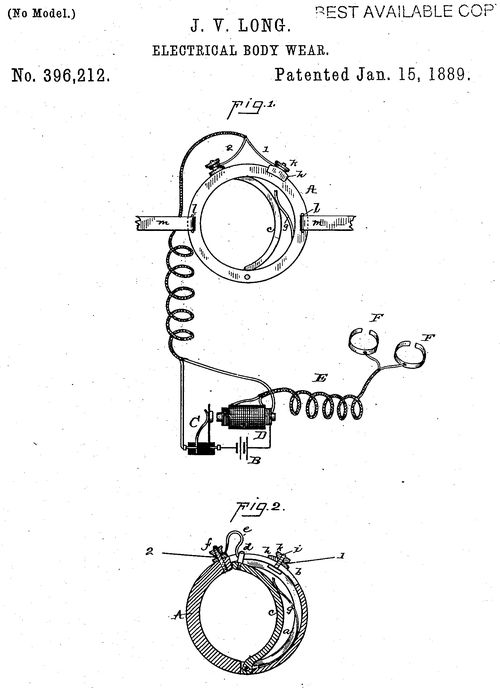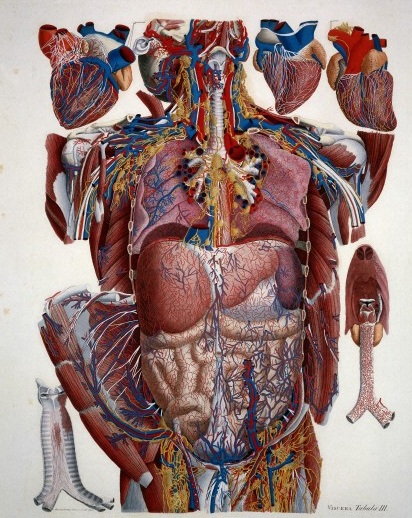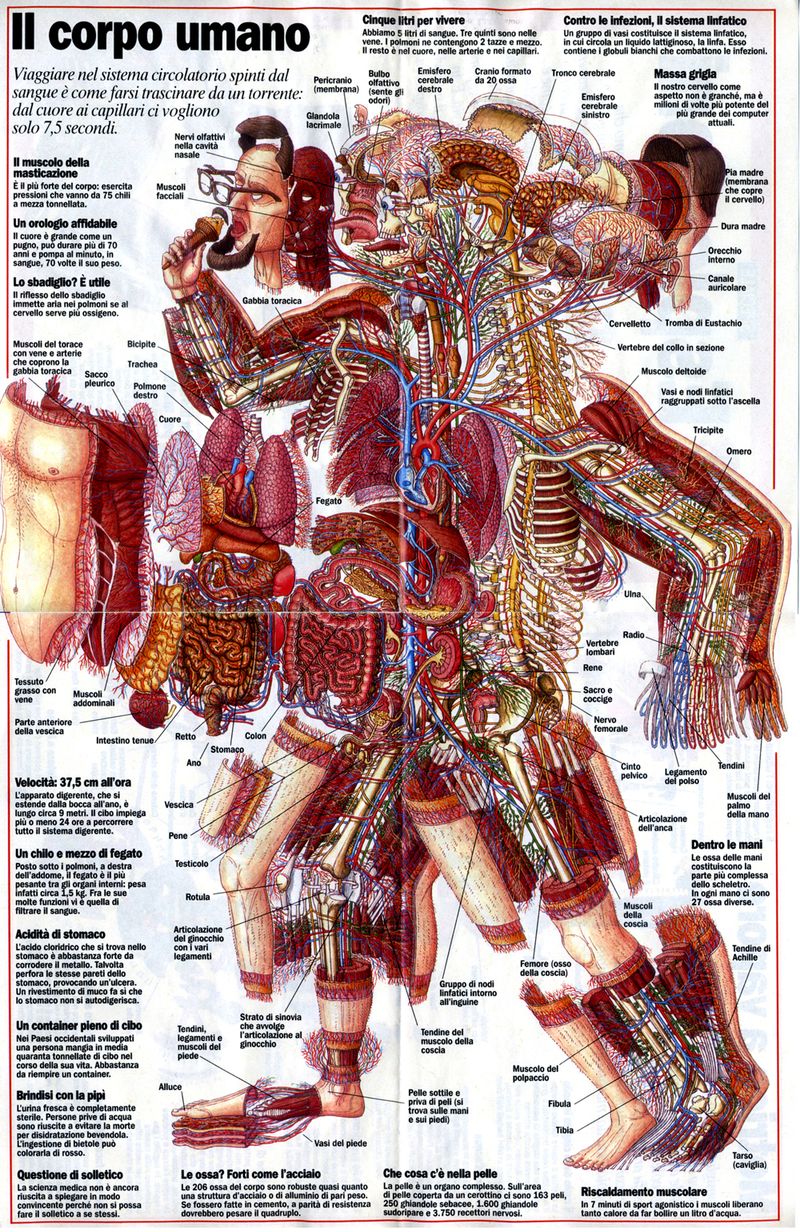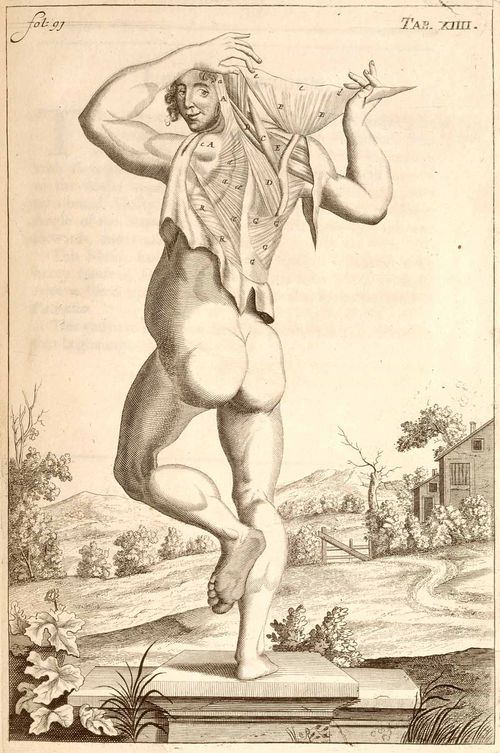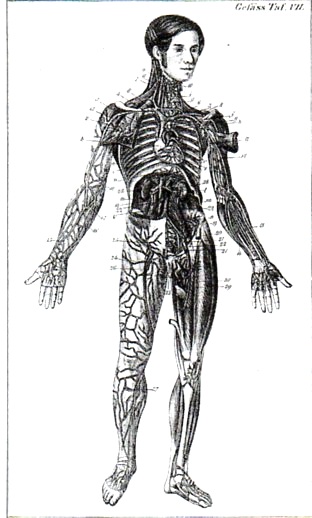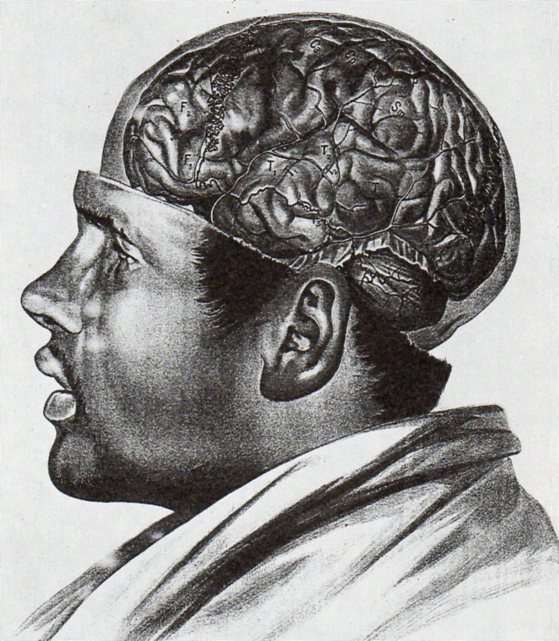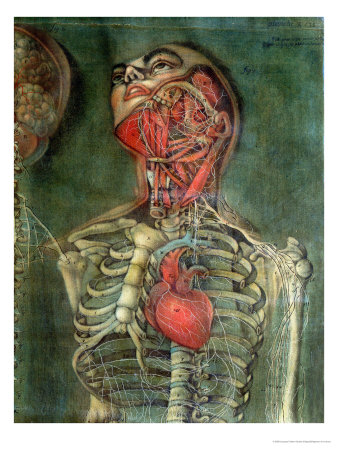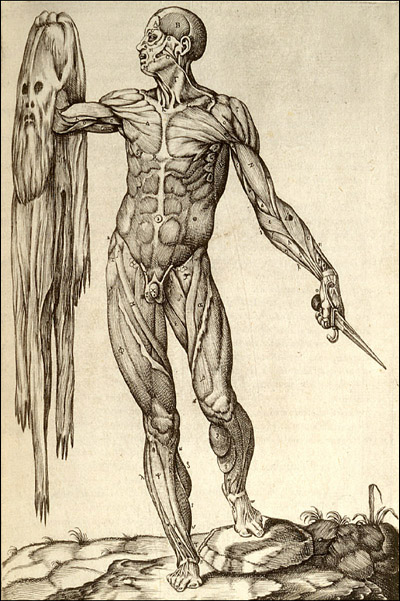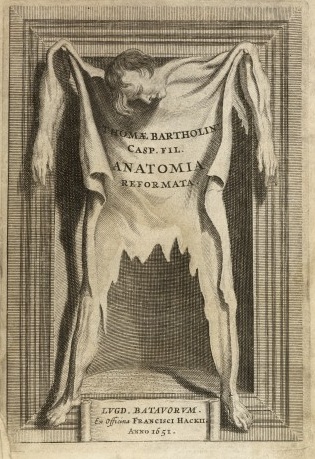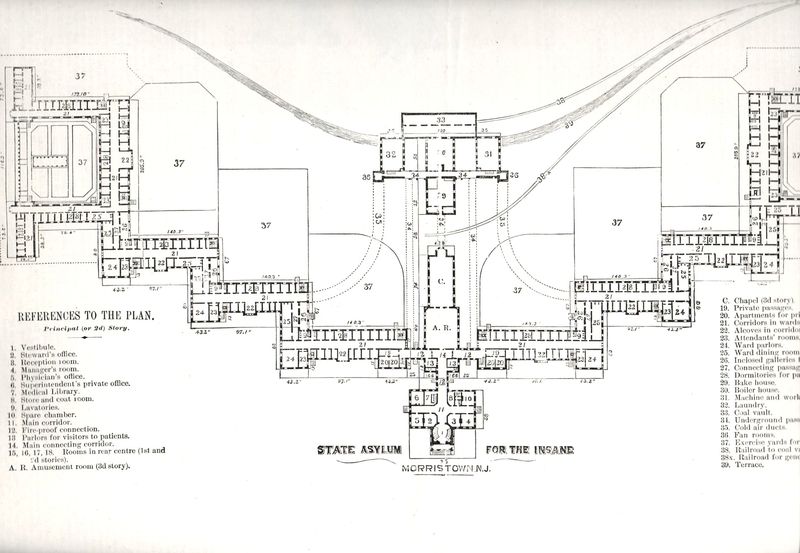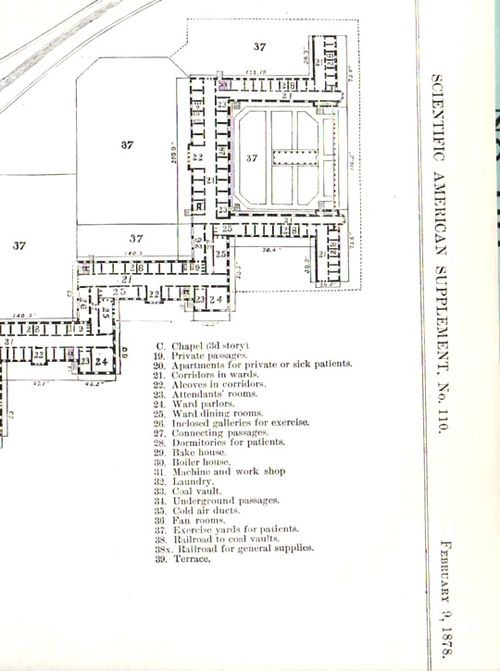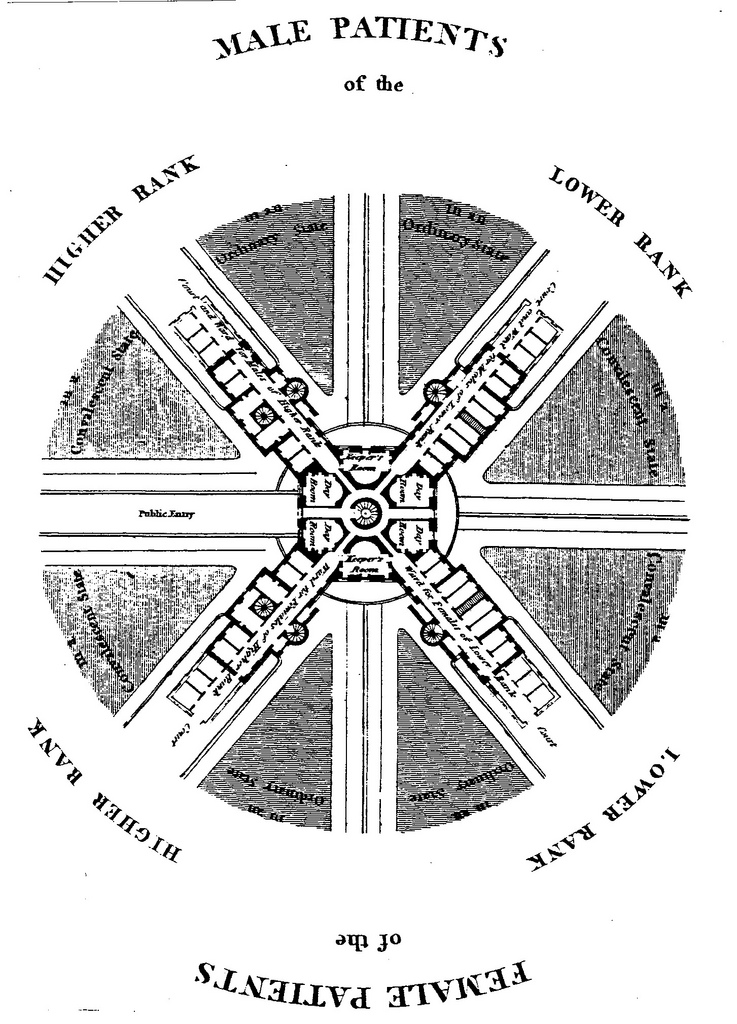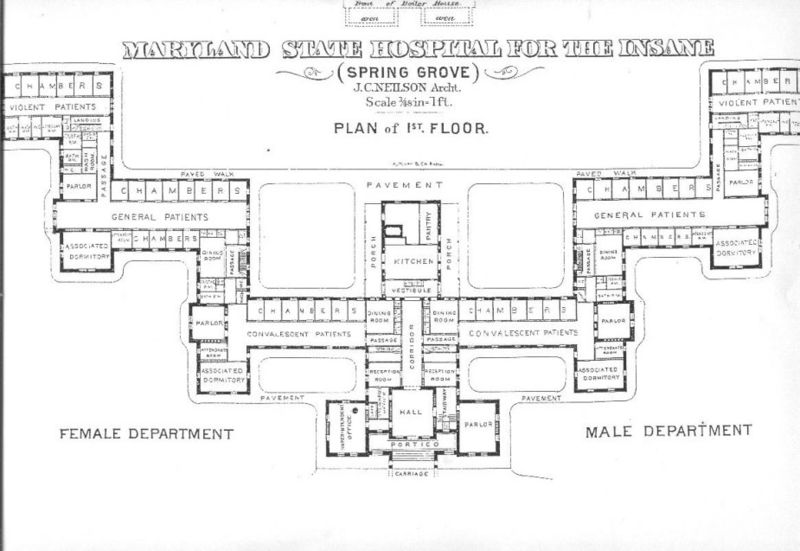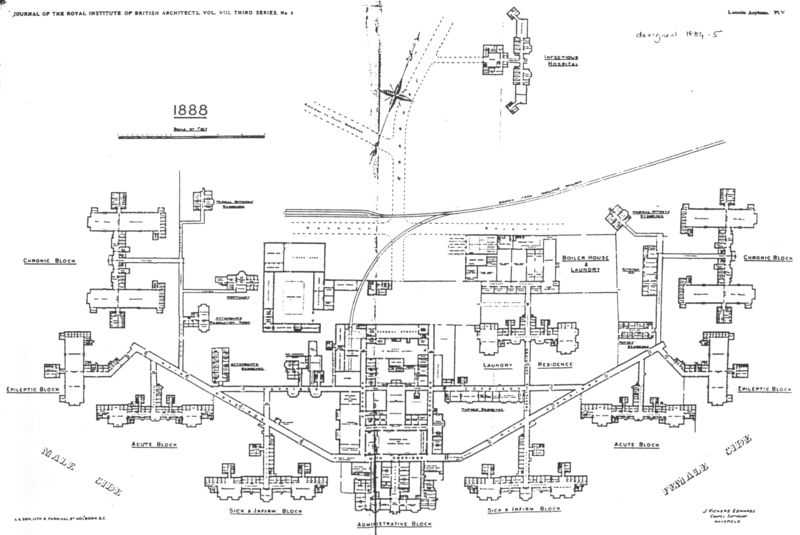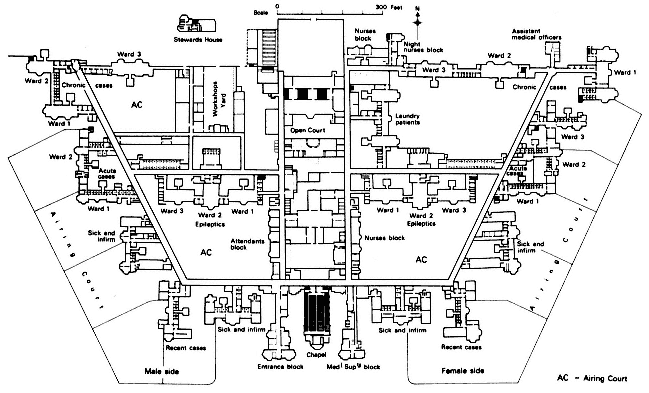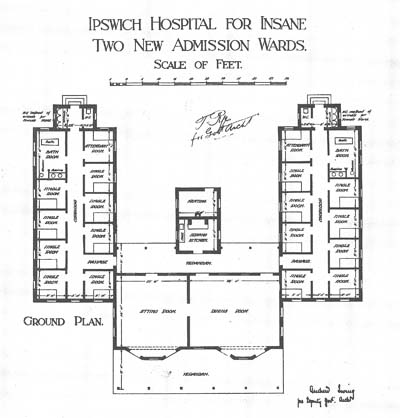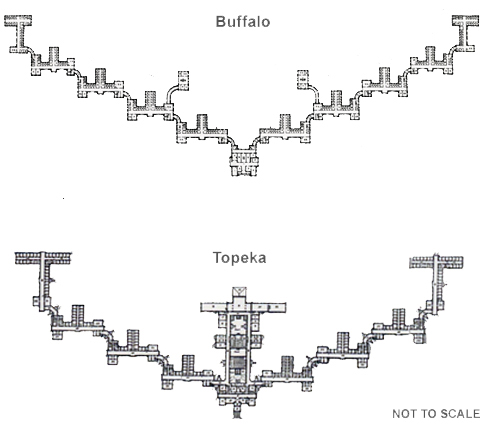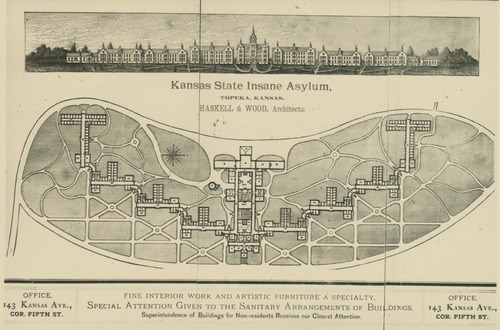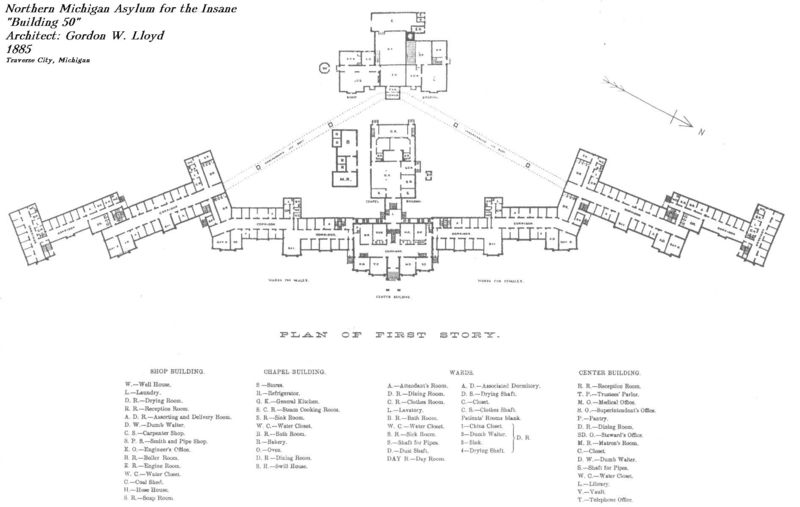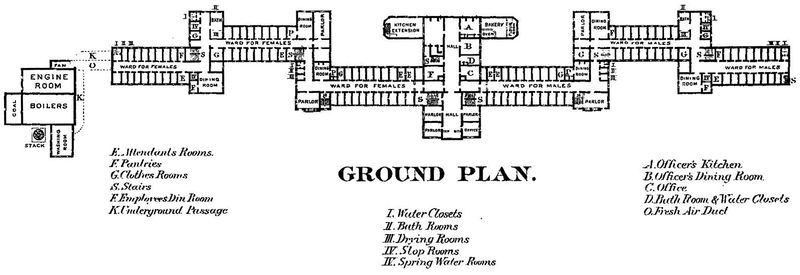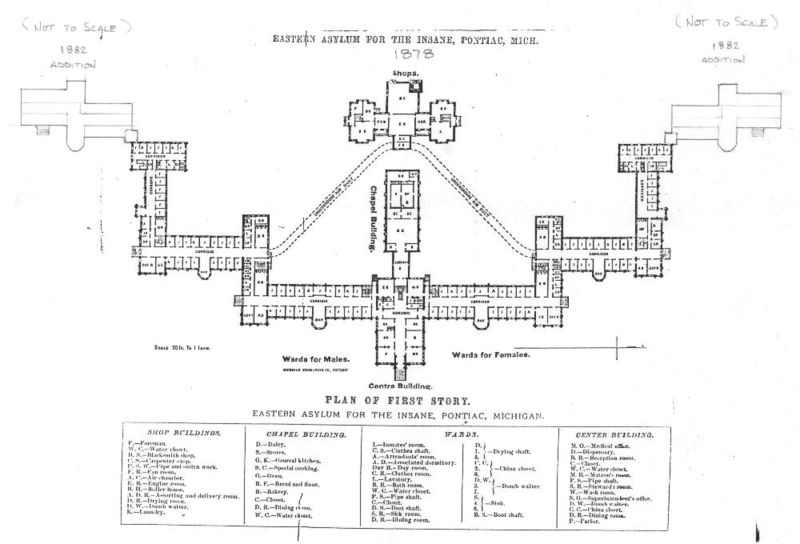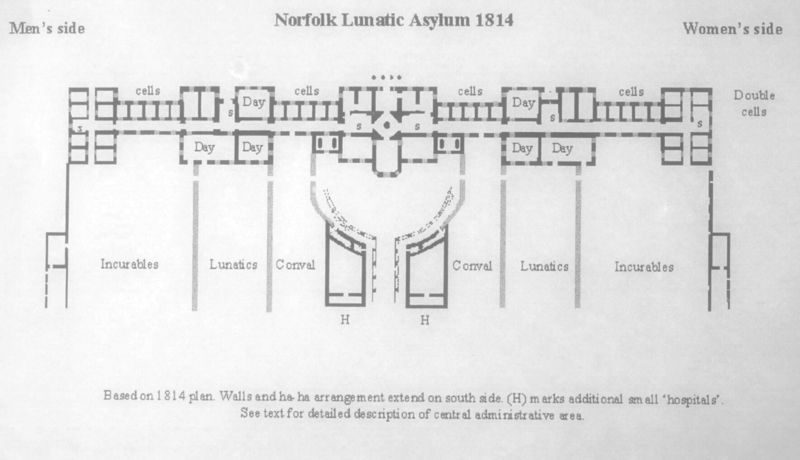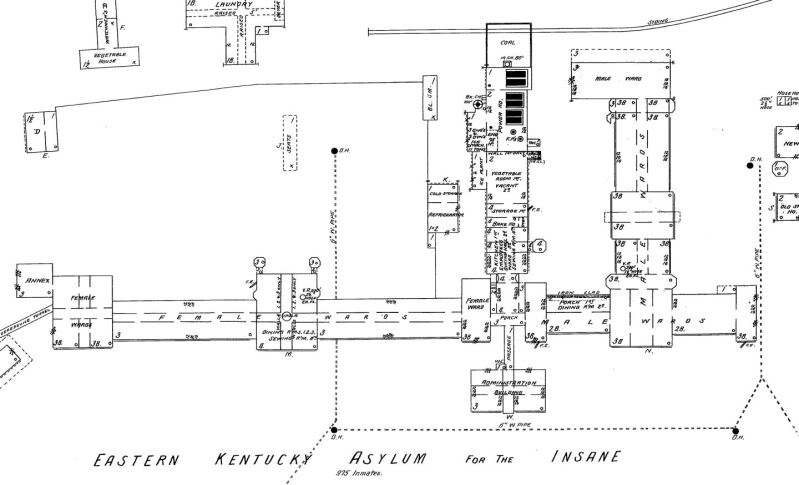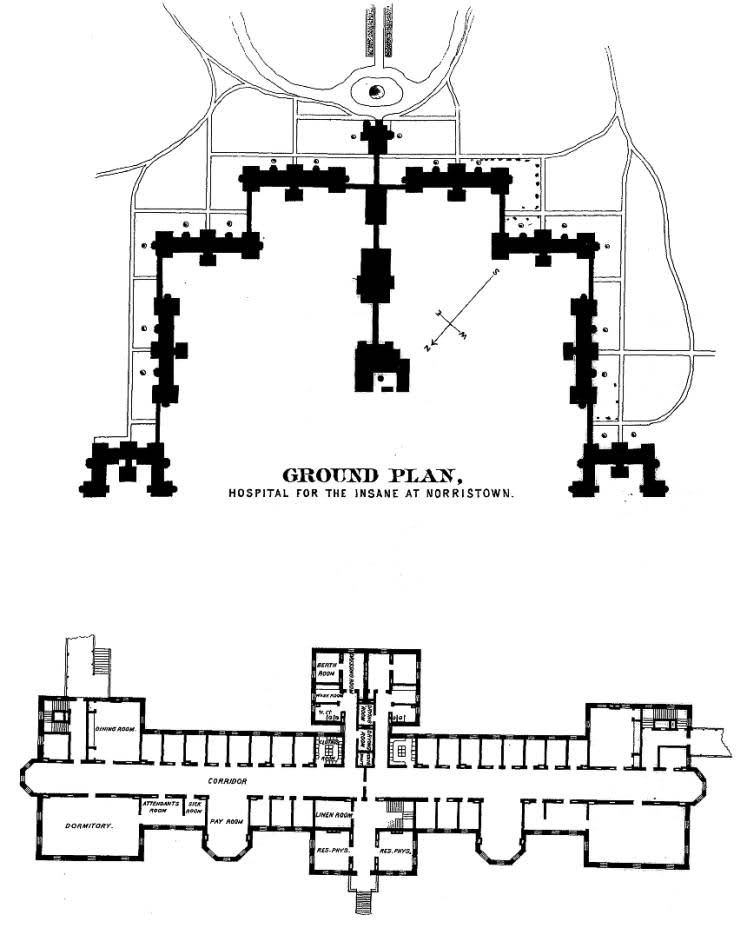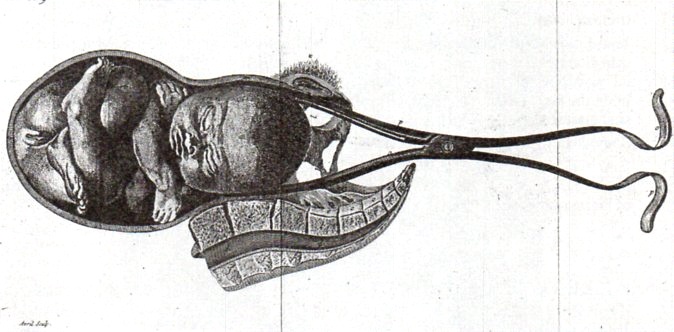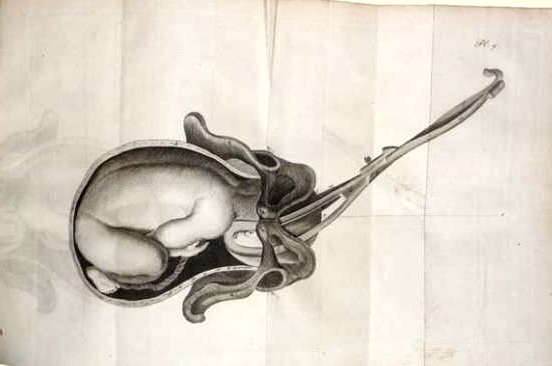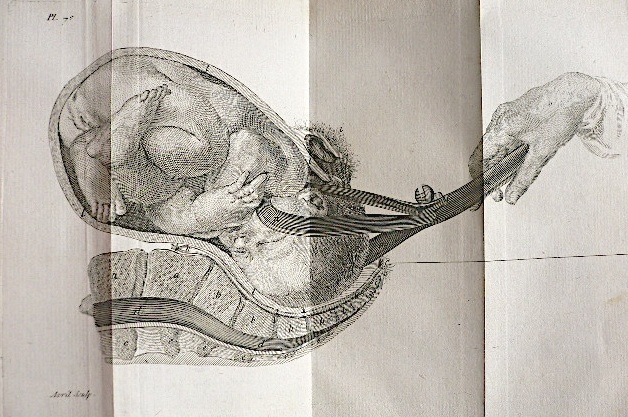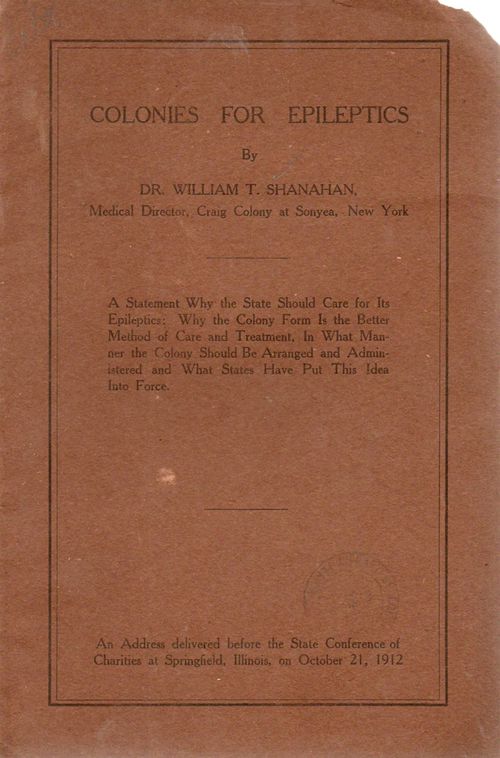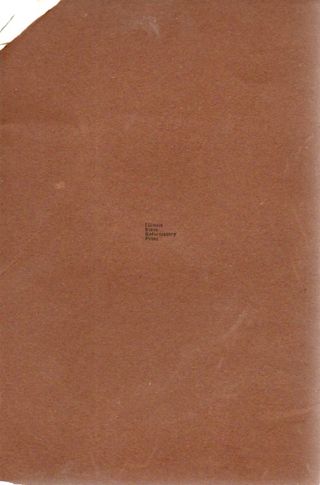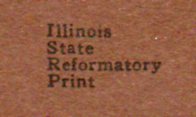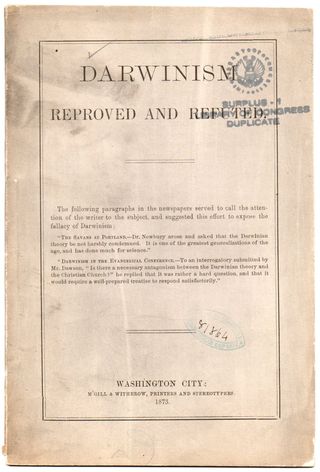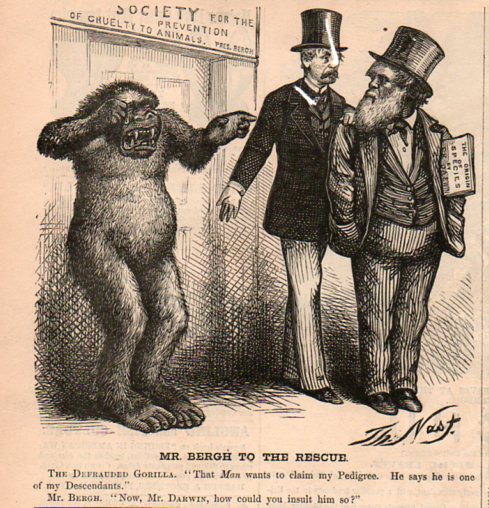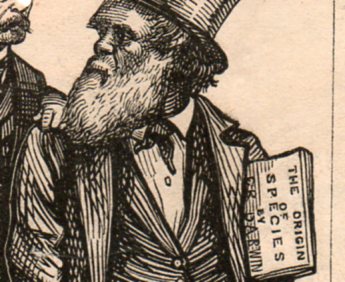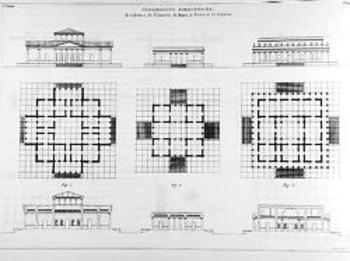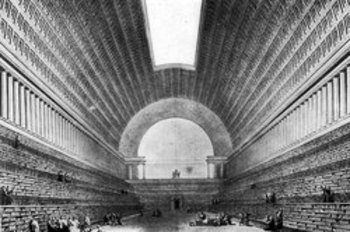JF Ptak Science Books Post 1488
In a developing thread on oddly-represented alphabets on this blog, this one is a little harder to fill than it seems. The rules are that all images must be some level of dissection (with the exception of the anatomical Durer), and not a simple artistic study of emotion, and that the images be at least 200 years old. Part I of this alphabet of emotion and feelings includes awe, burdensome, contempt, disappointment, empathetic, fear, guilt, hope, intrigue, joy, lonesome, majesty, pride, resentment, surprise, trust, vulnerability and wonder.
Awe

Giulio Casserio (ca. 1552-1616, anatomist) and Odoardo Fialetti (artist), Tabulae Anatomicae, published in Venice in 1627.
Burdensome
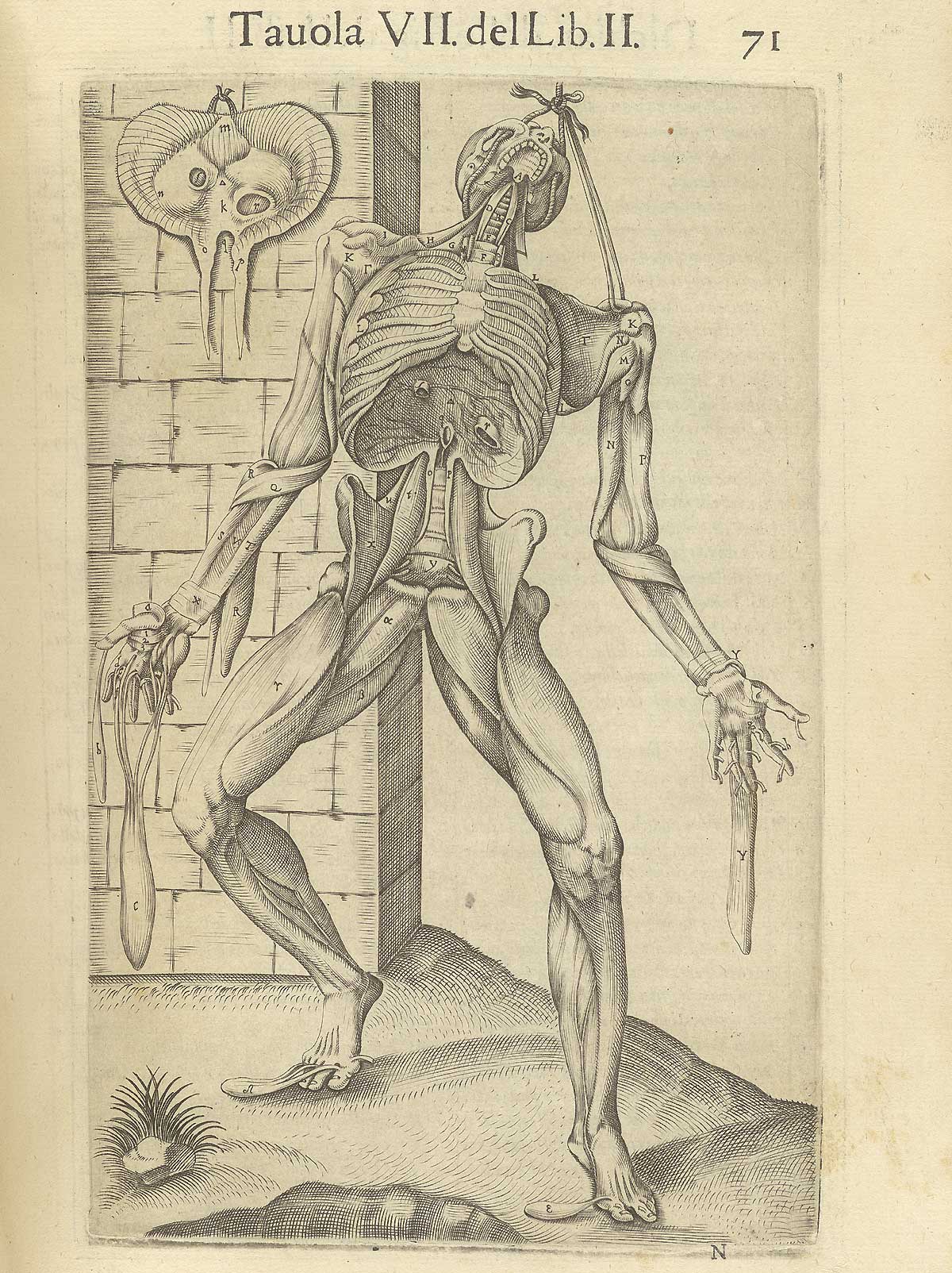
Juan Valverde de Amusci (ca. 1525-ca. 1588), Anatomia del corpo humano, printed in Rome in 1560.
Contempt
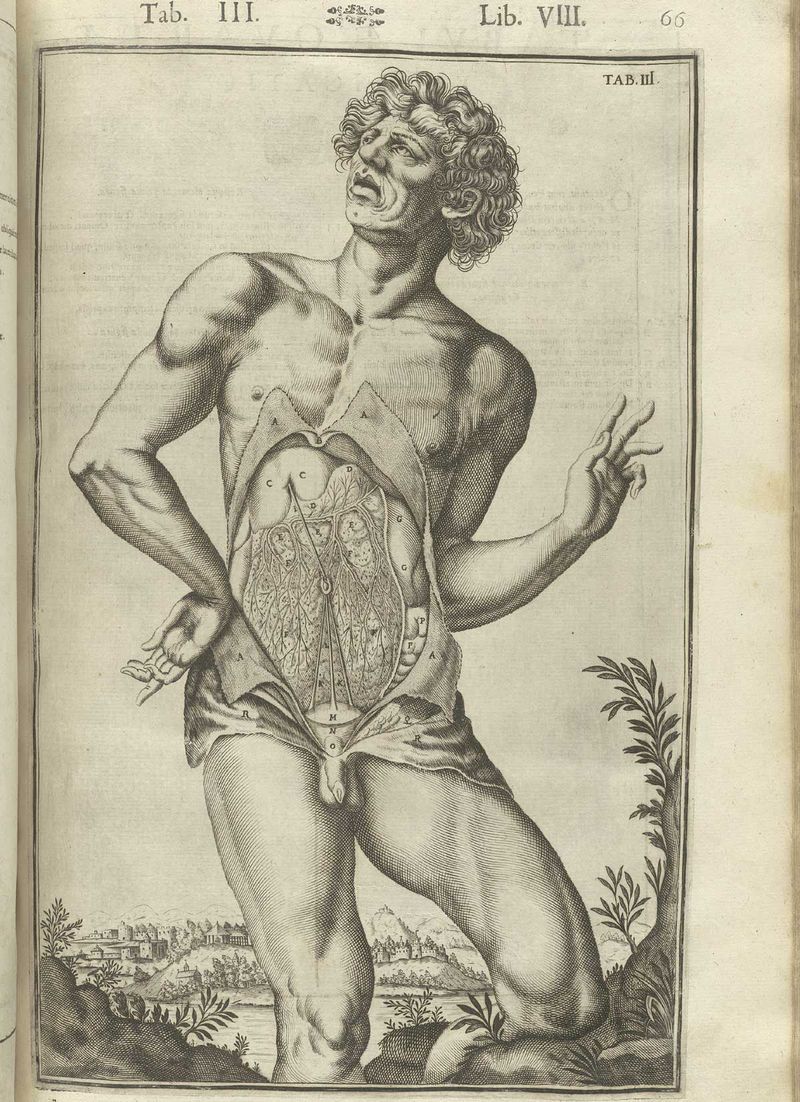
Giulio Casserio (ca. 1552-1616, anatomist) and Odoardo Fialetti (artist), Tabulae Anatomicae, published in Venice in 1627
Disappointment
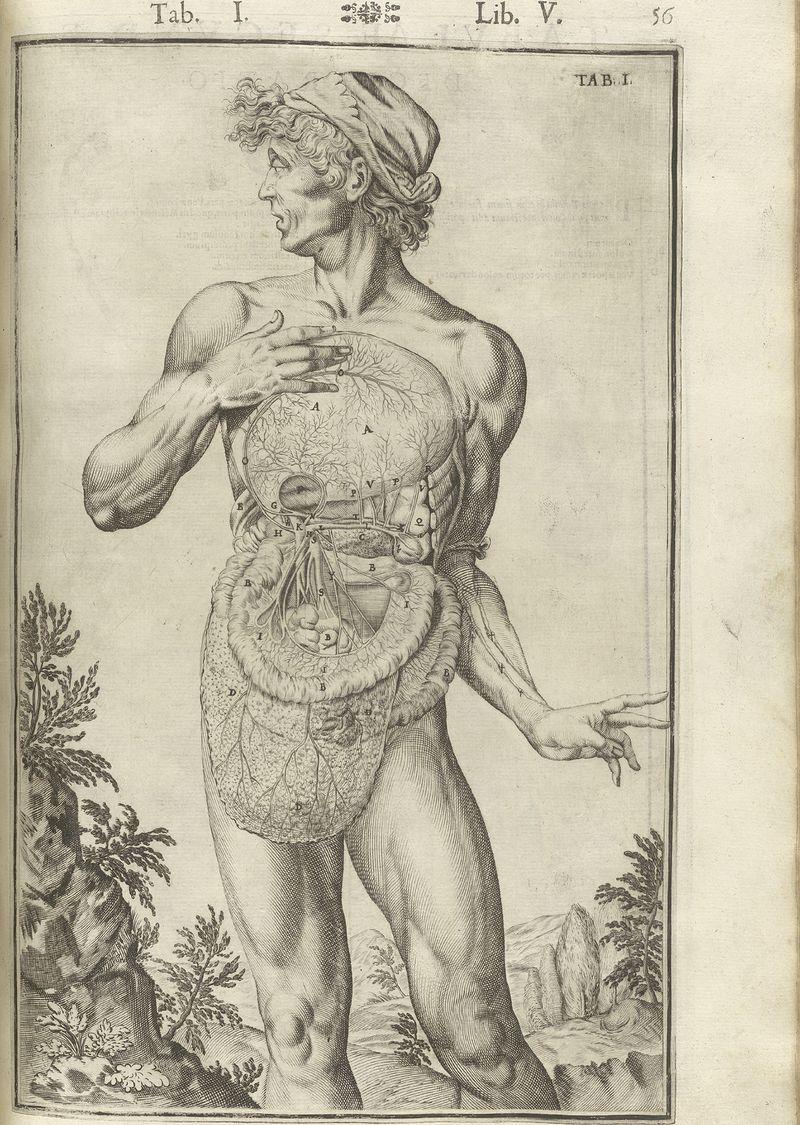
Giulio Casserio (ca. 1552-1616, anatomist) and Odoardo Fialetti (artist), Tabulae Anatomicae, published in Venice in 1627.
Empathetic
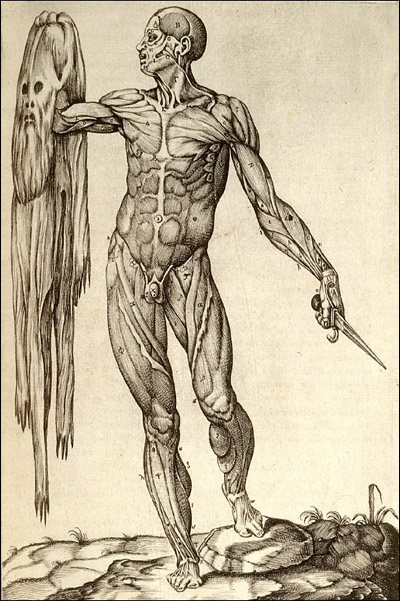
Juan Valverde de Amusci (ca. 1525-ca. 1588), Anatomia del corpo humano, printed in Rome in 1560.
Fear
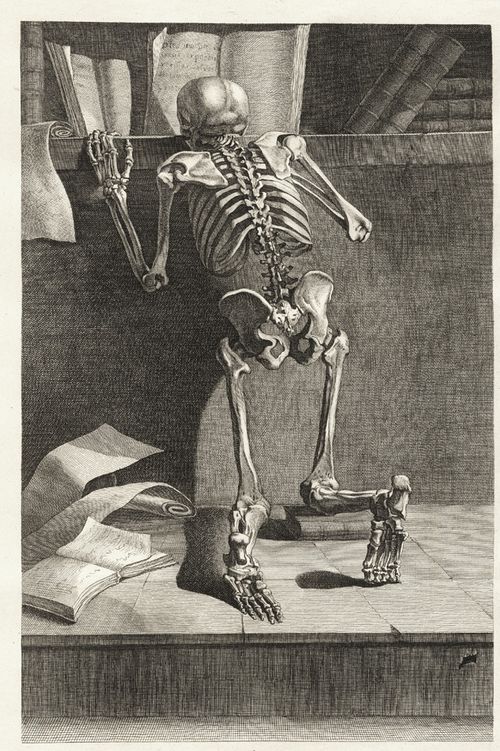 Jacques Gamelin (1736-1803), Nouveau receuil d'ostéologie et de myologie, published in Toulouse in 1779.
Jacques Gamelin (1736-1803), Nouveau receuil d'ostéologie et de myologie, published in Toulouse in 1779.
Guilt
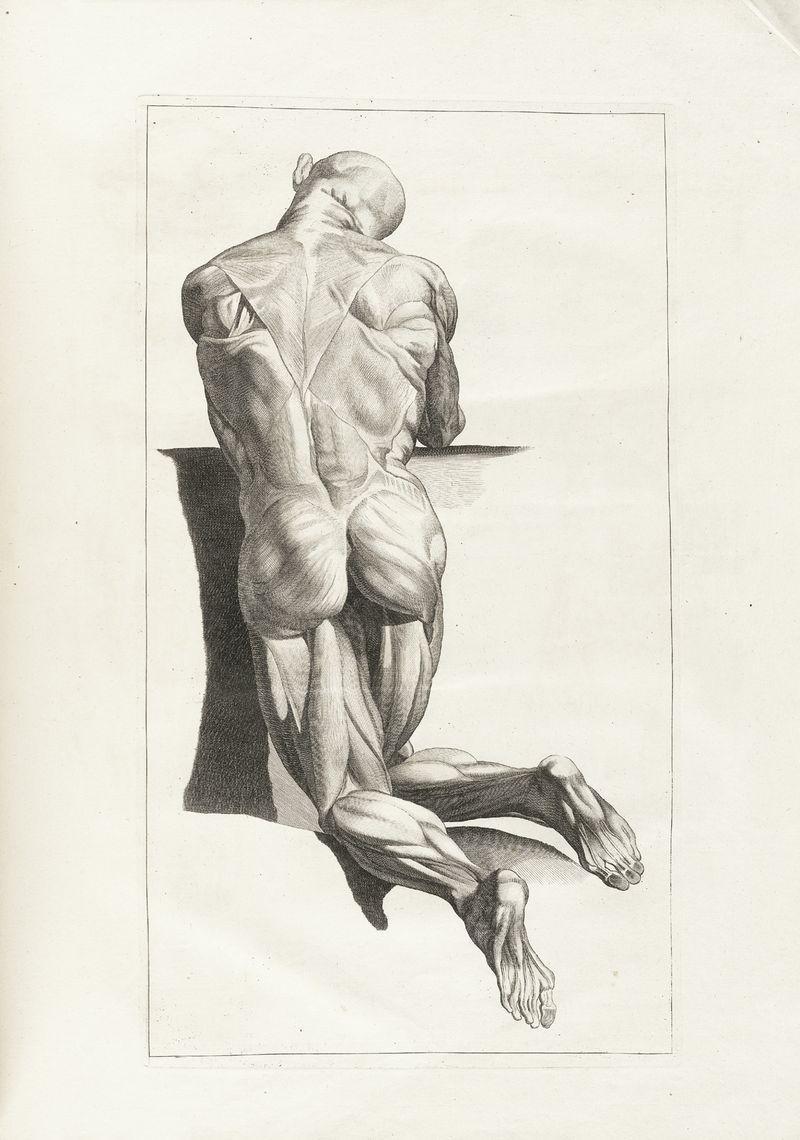
Jacques Gamelin (1736-1803), Nouveau receuil d'ostéologie et de myologie, published in Toulouse in 1779.
Hope

Hans von Gersdorff (d. 1529), Feldtbůch der Wundartzney : newlich getruckt und gebesser, published in Strassburg in 1528.
Intrigue
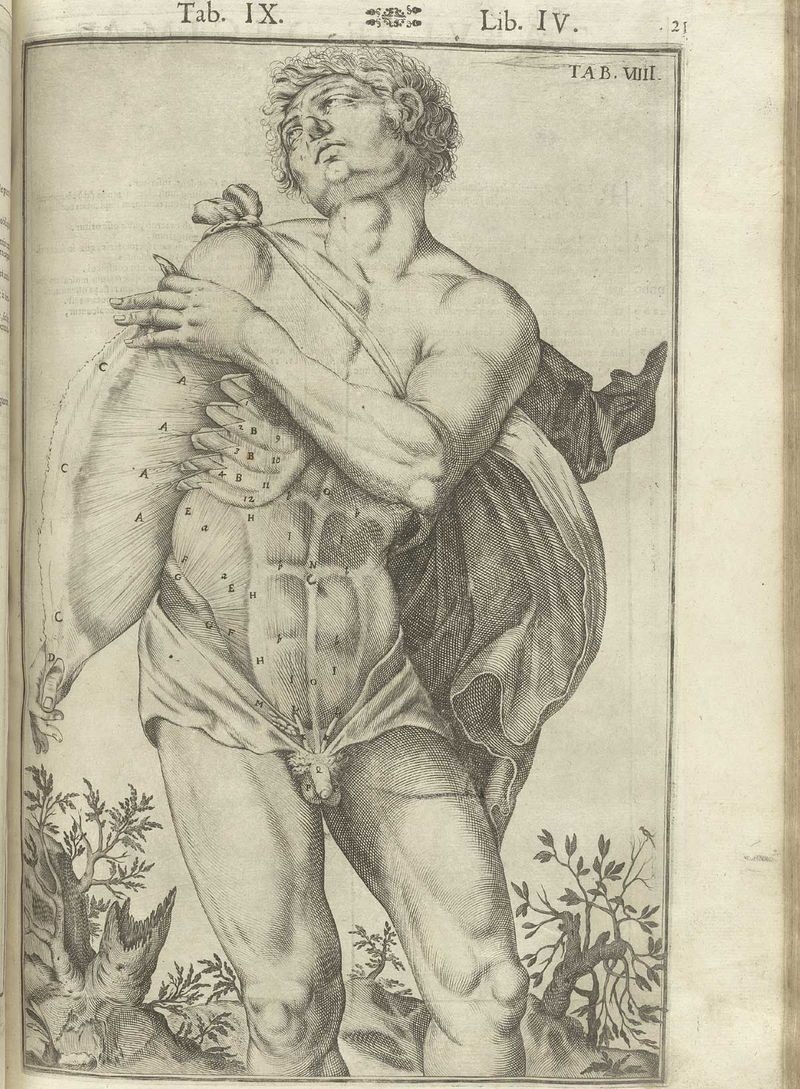
Giulio Casserio (ca. 1552-1616, anatomist) and Odoardo Fialetti (artist), Tabulae Anatomicae, published in Venice in 1627
Joy
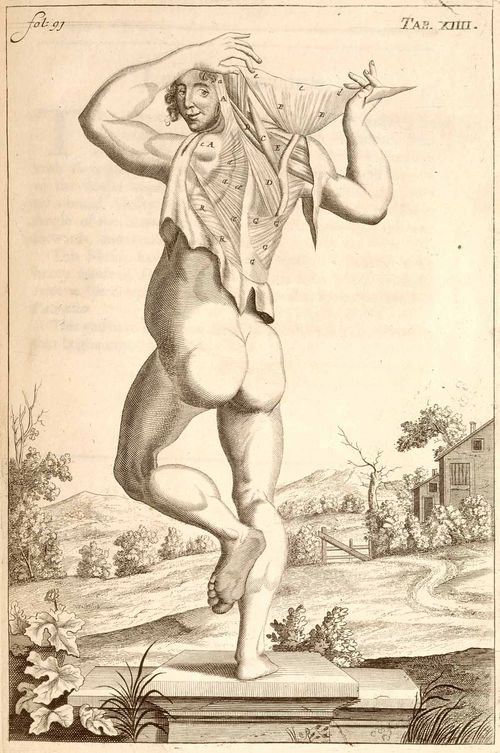
Lonesome
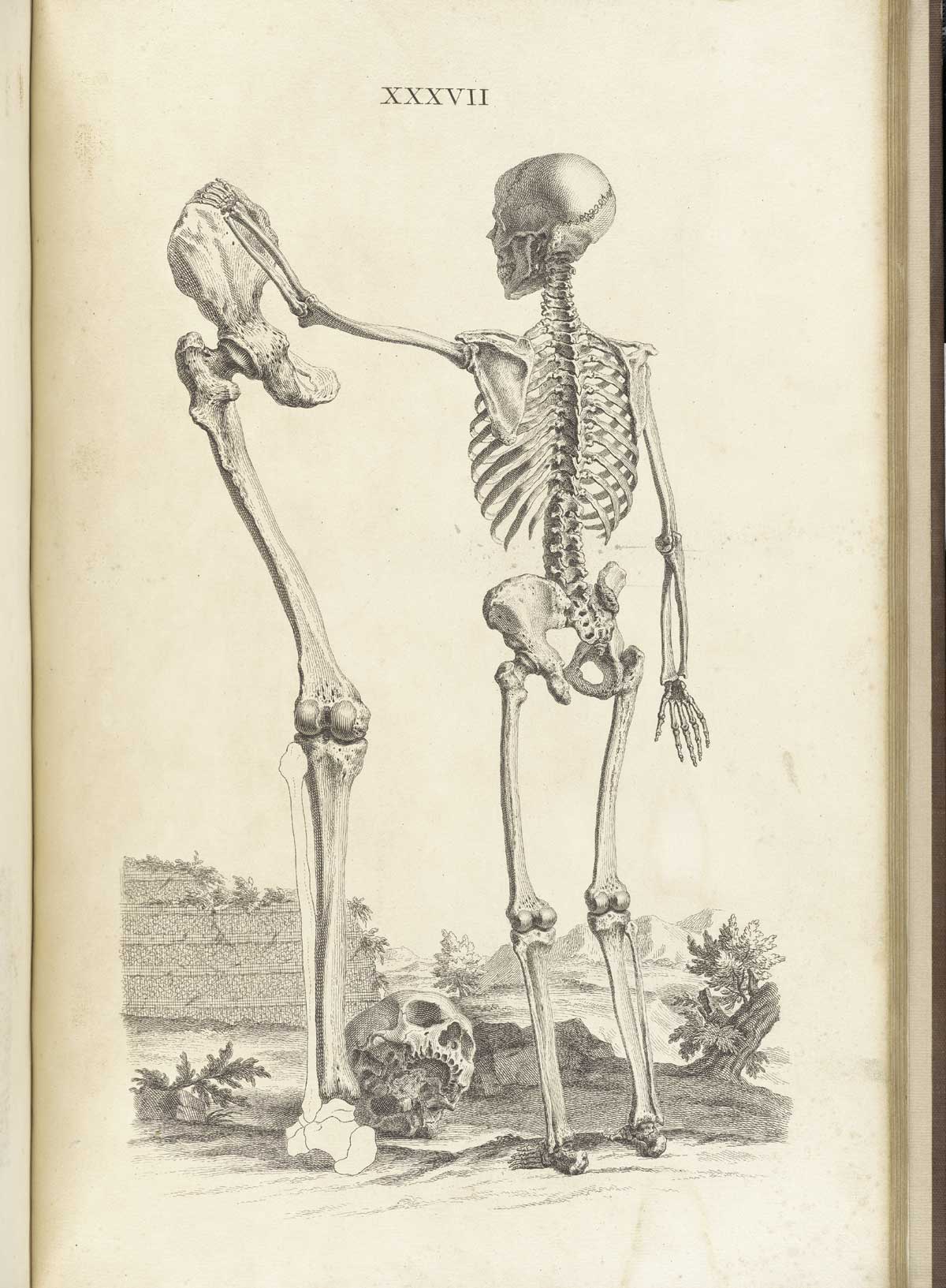
William Cheselden (1688-1752), Osteographia, or the Anatomy of Bones, published in London in 1733.
Majesterial
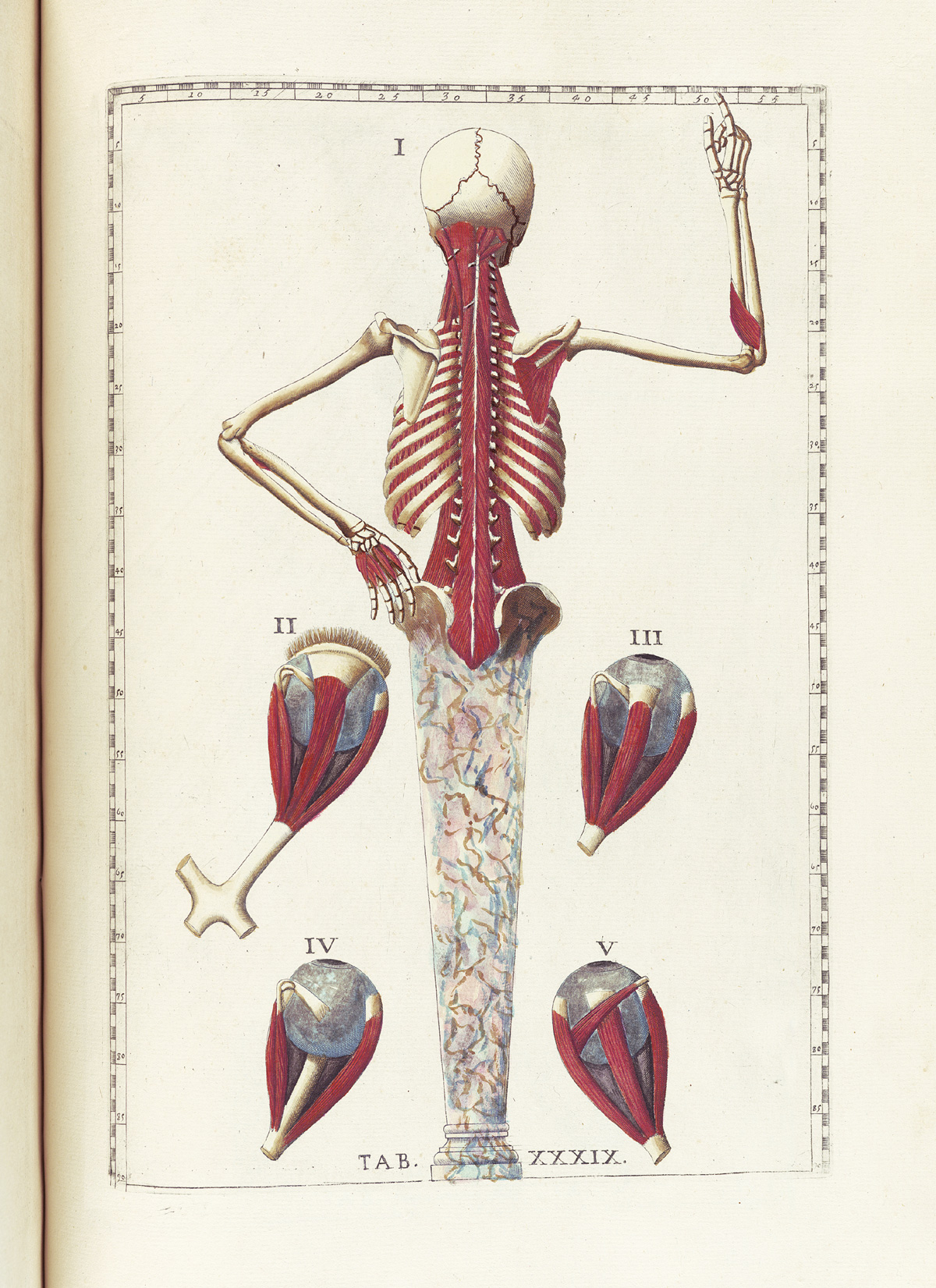
Bartholomeo Eustachi (d. 1574), from Tabulae anatomicae, printed in Rome in 1783.
Pride
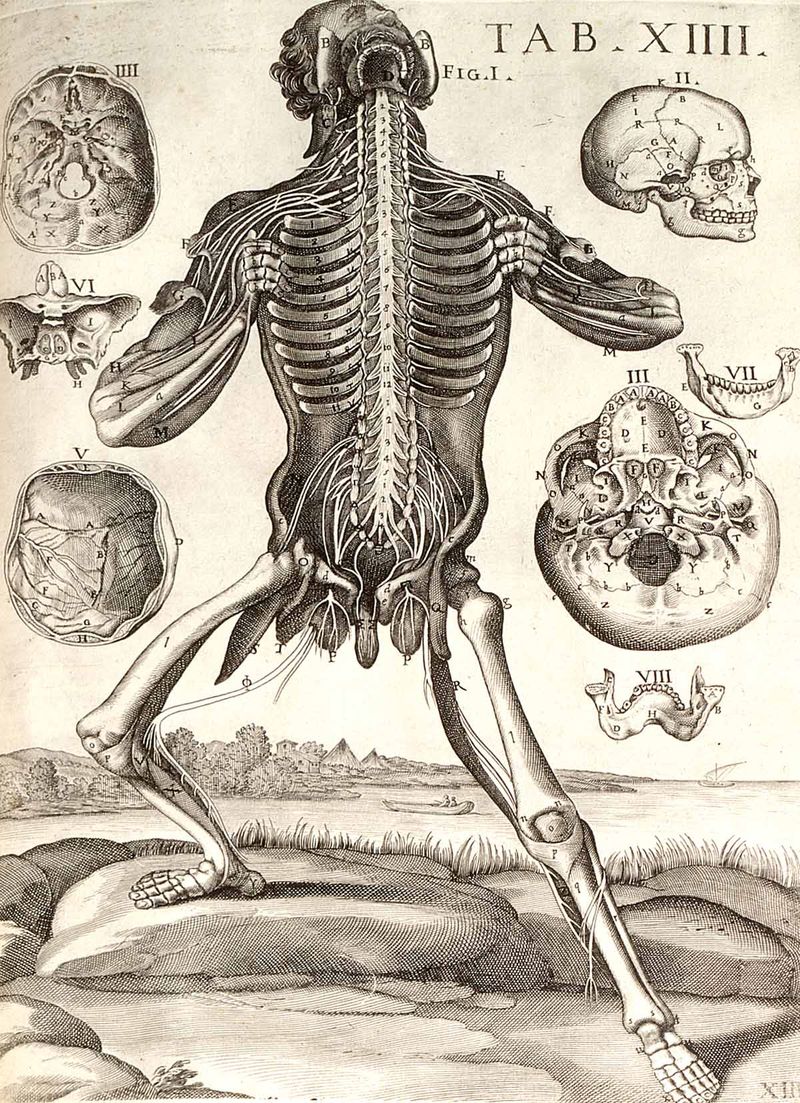
In the category of "Holy Crap!" anatomical illustration surely Pietro Berrettini da Cortona (1596-1669) must be among its patron saints. His images are incredible, yelling and screaming for attention as they demand their space onthe printed page. Further, the man actually accomplished all o fthis in the early 17th century, his work no tbeing published for another 130 years or so. [Source: Tabulae anatomicae..., Rome 1741.]
Resentment
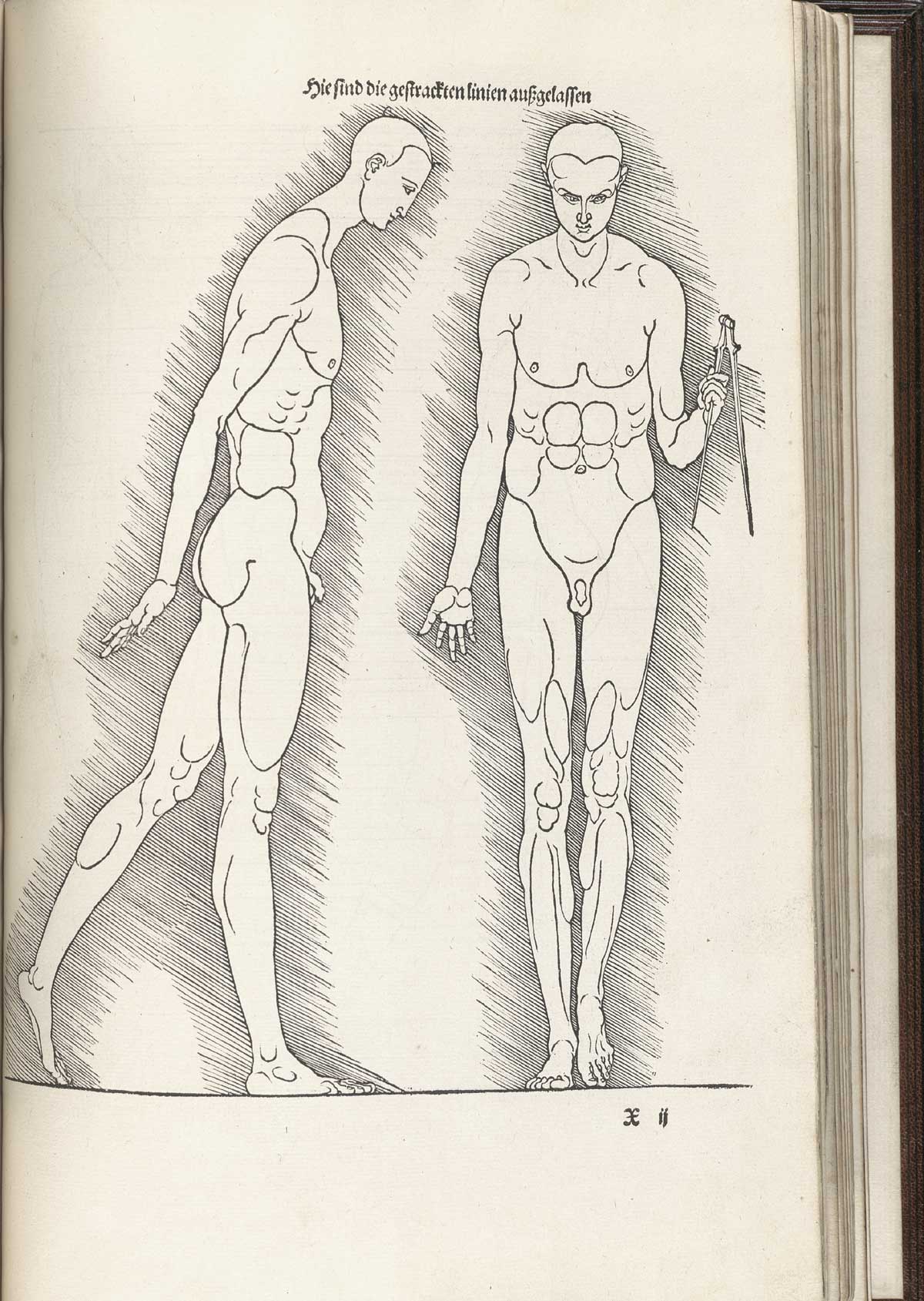
Albrecht Durer (1471-1528), Vier Bücher von menschlicher Proportion, published in Nuremberg in 1528.
Surprise
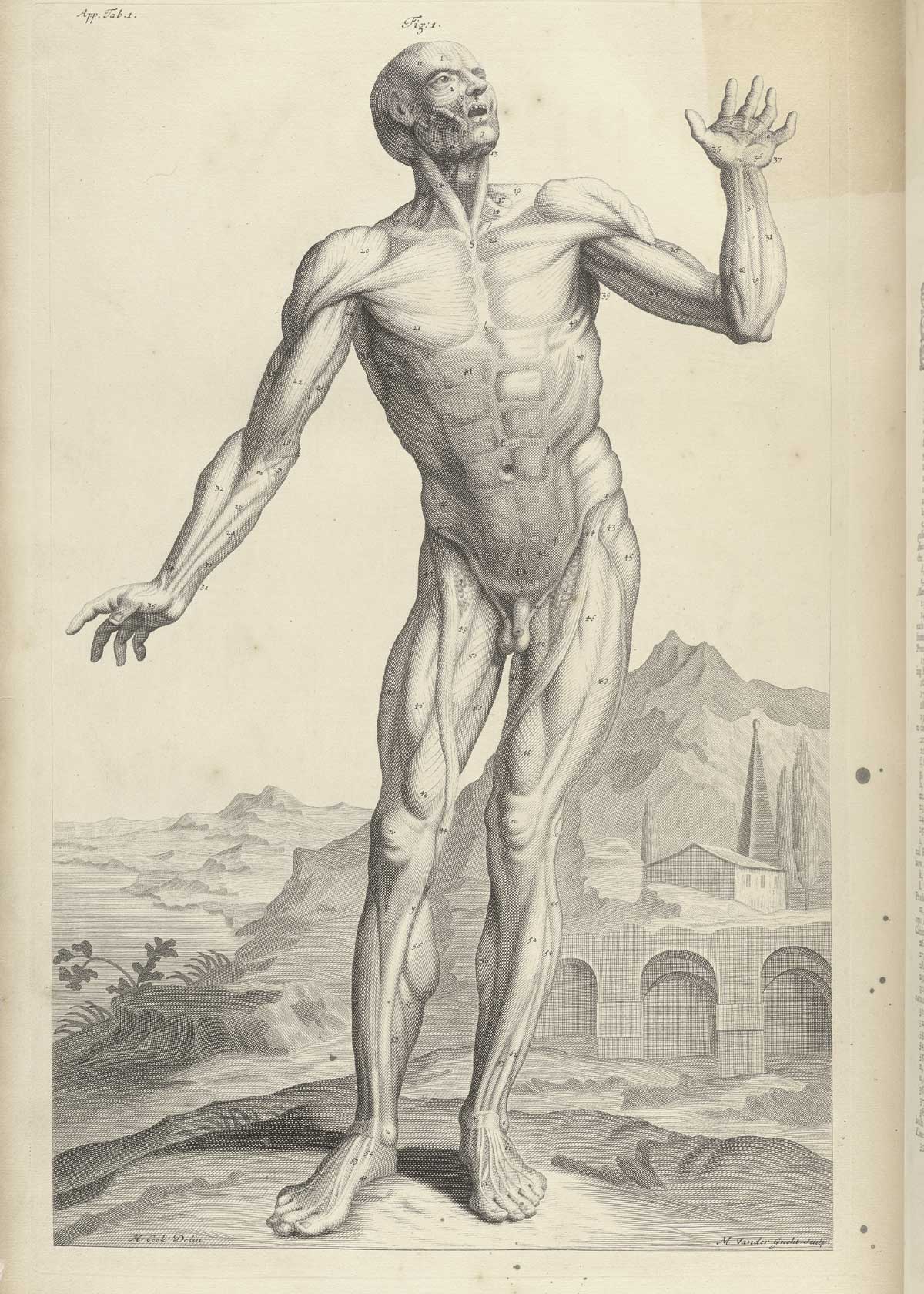
William Cowper, The anatomy of humane bodies, printed in Oxford in 1698.
Trust

William Cheselden (1688-1752), Osteographia, or the Anatomy of Bones, published in London in 1733.
Vulnerable
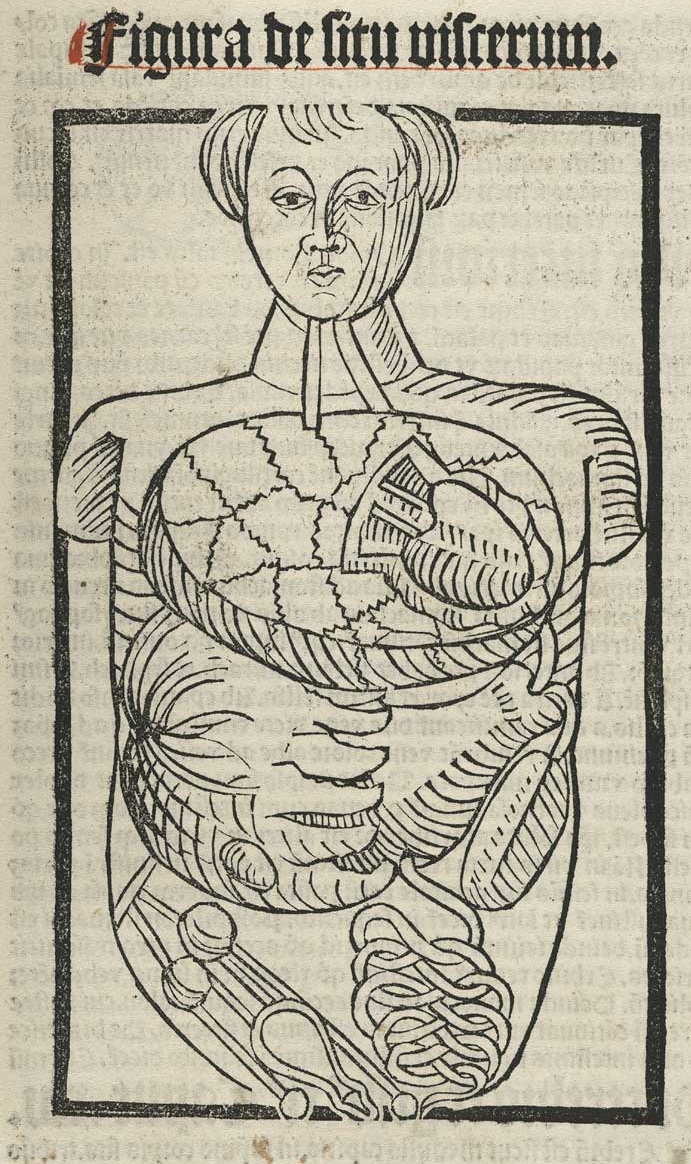
Magnus Hundt (1449-1519), Antropologium de hominis dignitate..., printed in Leipzig in 1501 by Wolfgang Stoeckel.
Wonder

Charles Estienne (ca. 1504-1564), De dissectione partium corporis humani libri tres, published in Paris and printed by Simon Colinaeus in 1545.



